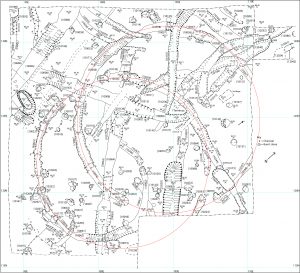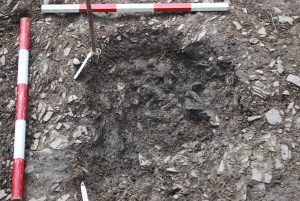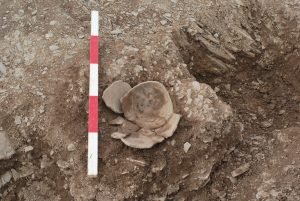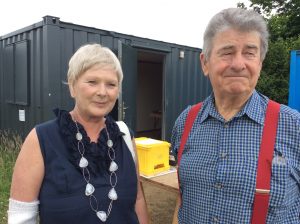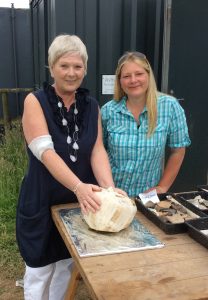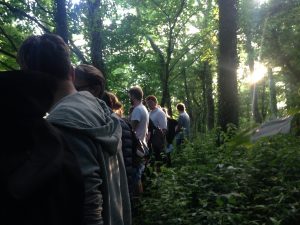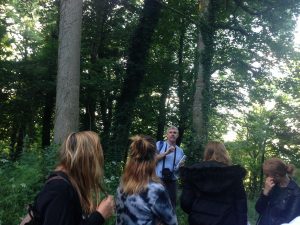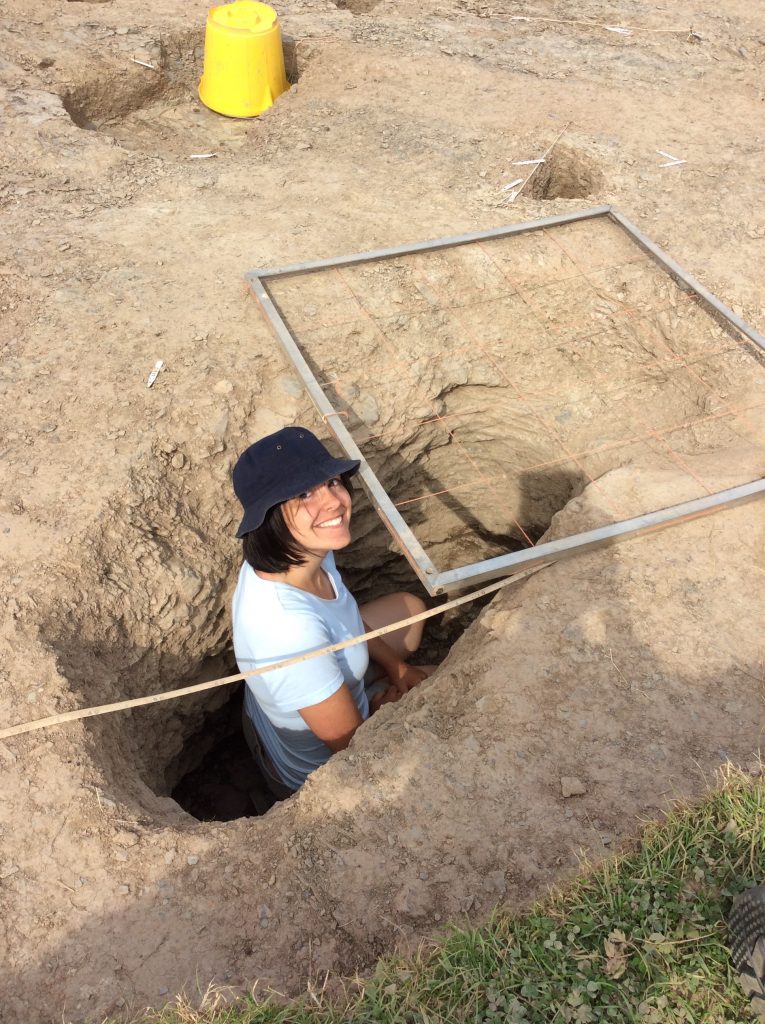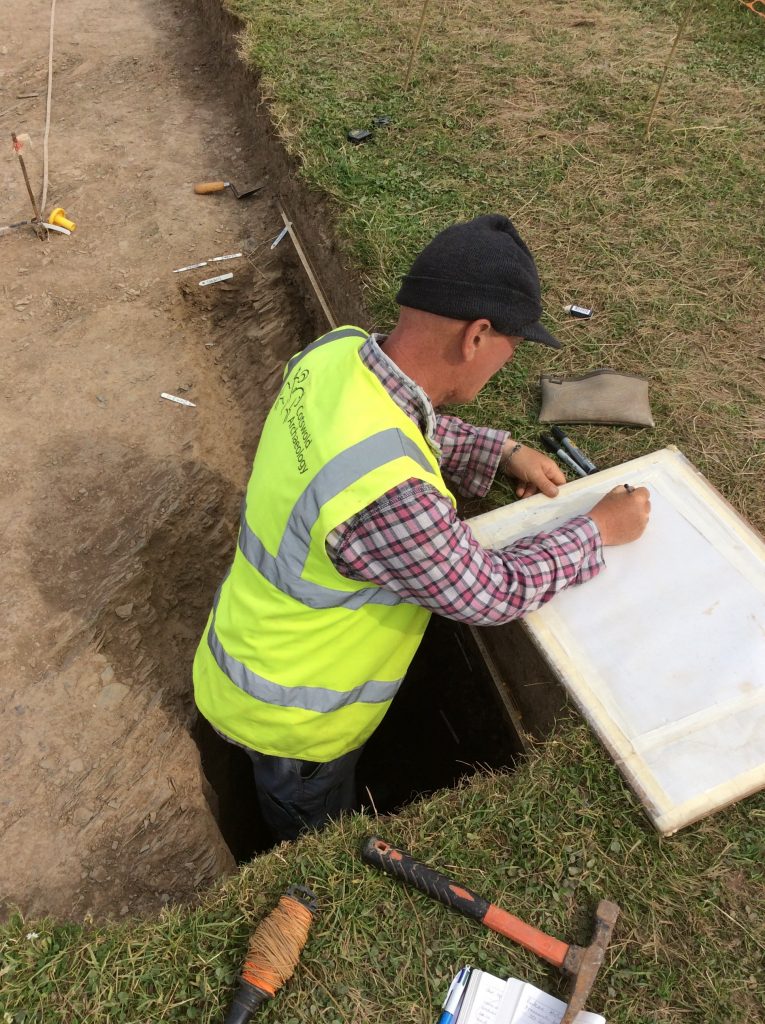We’ve had another exciting result from our programme of radiocarbon dating.
The cremation in Trench 12 was not associated with any datable pottery, but the radiocarbon date shows that it is 4th or 3rd century BC (Middle Iron Age). That makes it contemporary with some of the earliest roundhouses that have been excavated across the site and which are themselves associated with distinctive decorated pottery known as South-West Decorated Ware.
Scientific dating is helping us to gradually fill out a picture of life and death in a settlement occupied from the Middle Iron Age through to the Post-Roman period.
Steve Rippon
